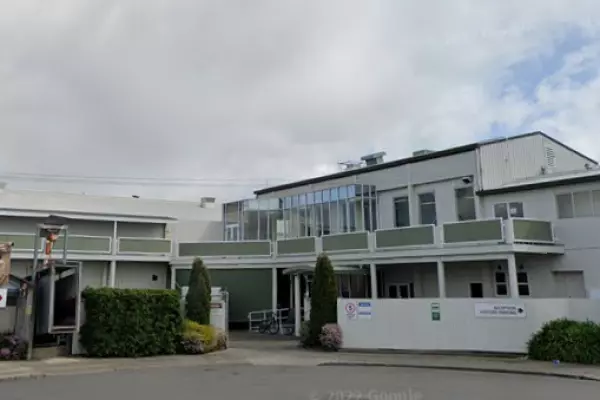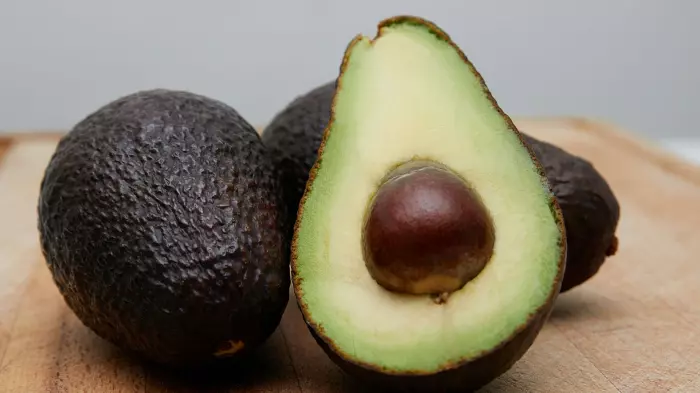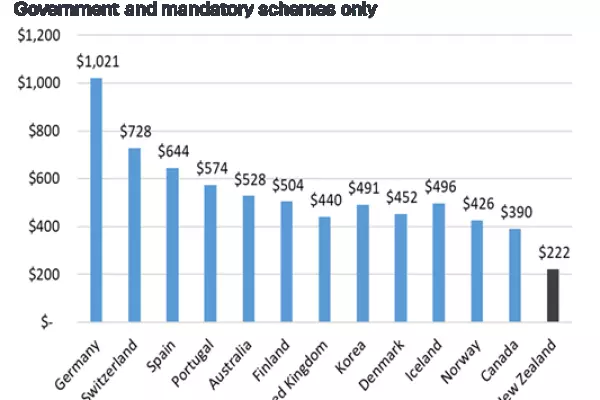Despite the debate raging about a new tool that includes ethnicity as a factor in determining patient waitlist prioritisation, Te Whatu Ora is adamant it will transform the health system.
The 'equity adjuster-waitlist tool' has resulted in Auckland surgeons speaking anonymously to Newstalk ZB to voice their disgust with “elitism in medicine”.
But Te Whatu Ora's interim lead for Te Toka Tumai (the former Auckland district health board), Dr Mike Shepherd, said that clinicians had the ultimate decision about the waitlist.
Innovative solutions
The "hugely beneficial" tool was three years in the making and developed by a group of clinicians in the Te Toka Tumai Auckland steering group to address historically sustained inequities in the healthcare system.
“The causes of health inequity are complex and require a sophisticated solution to reduce inequitable outcomes that already exist,” Shepherd said.
He said true elimination needed innovative solutions embedded across the health system and beyond.
The team built the tool using a point-scoring algorithm that analyses data to assist clinical teams to prioritise patients. It's designed to include factors known to be associated with inequitable health outcomes.
Ethnicity is one of five factors. The others are clinical priority, time spent on the waitlist, geographic location and deprivation level.
These adjustment factors are evidence-based, Shepherd said.
“Clinical teams work in close collaboration to implement the adjuster, with clinicians making the ultimate decision about the waitlist.”
He said the aim of the tool is to eliminate existing barriers that already exist for some people, and early analysis of the data showed it is highly effective.
'Clinical urgency'
The health system did not traditionally serve Māori, Pasifika and those living in remote areas very well, Shepherd said, and despite NZ having high-quality healthcare, health inequities still existed.
“People waiting on waitlists for treatment are prioritised by a combination of clinical urgency and the length of time on the waiting list.
“However, we know that using this method alone disadvantages people who have a longer pathway to get on to a waiting list in our current system.”
The tool was also designed to help in early identification of patients needing extra support to access care.
“This means we can put in place some assistance and support sooner to ensure a smooth pathway to care for all our patients and whānau.”
In a statement, Te Whatu Ora said it is closely monitoring its data and waitlists to ensure that the tool doesn’t create any new barriers.
Te Toka Tumai Auckland completed the rollout of the tool for all surgical waitlists in February.
“Due to the positive evidence that it is helping to eliminate inequities in our system, it is now being rolled out across the other northern region districts,” the statement said.















